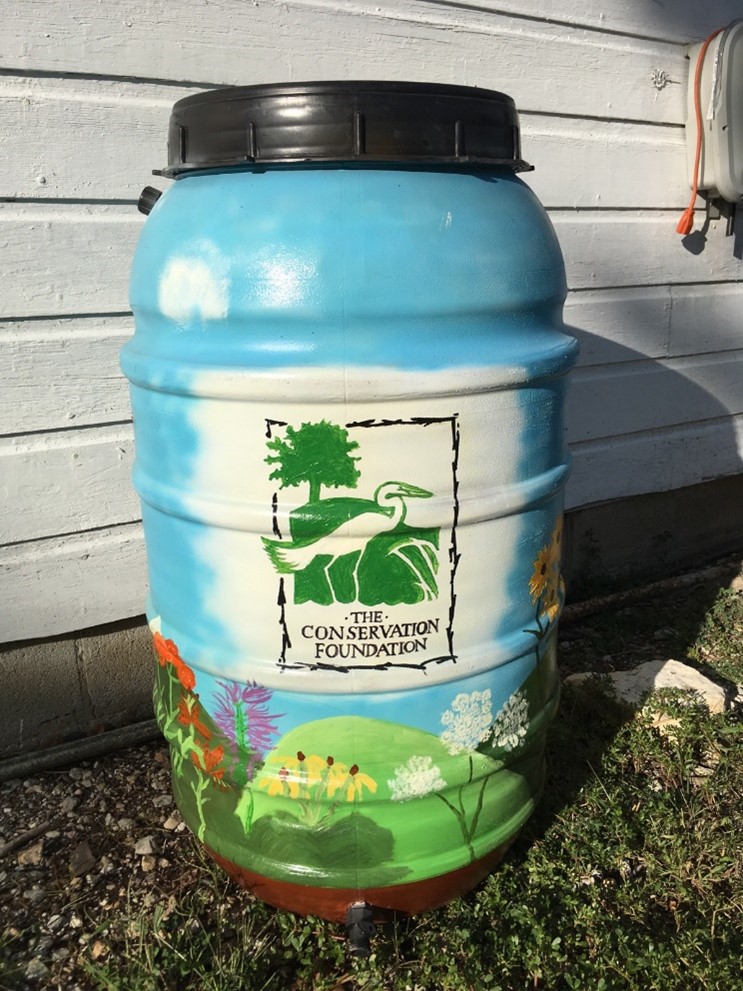Reduce Flooding and Protect Rivers with Rain Barrels
When we think of our storm water as a precious fresh water resource, it doesn’t make sense to manage it like a waste product. There is a finite amount of fresh water on earth and we can all take steps to protect it, starting with collecting it where it falls!
When we catch and collect the rainwater that falls on our houses, we reduce local flooding and stress on storm sewer system infrastructure while keeping pollutants out of our rivers and streams. We also end up with a bunch of clean water that is perfect for watering lawns and gardens, washing cars or the family dog, and offsetting household water usage in many other ways.
Estimates indicate that a quarter-inch of rain falling on an average home yields over 200 gallons of water. One simple, efficient, low-cost method to reduce the amount of storm water runoff from your property is to use rain barrels.
What is a Rain Barrel?
Rain barrels are simply large containers that capture storm water from your roof that would otherwise be lost as runoff. Modern rain barrels are sealed, safe around children and insect resistant – they can even be painted or decorated to your liking. You can divert water from your downspout to fill your rain barrel and a hose spigot on the front makes the water easy to access and use.
Around 40% of total household water used during the summer months is for watering lawns and gardens. Rainwater doesn’t contain chlorine, lime or calcium which makes it ideal for watering your flowers and vegetable garden or washing your car or windows. You may even notice a decrease in your water bill!
Even if you don’t have an intended use for the water, emptying the rain barrel after a storm reduces the rate and volume of storm water the storm sewer system and our rivers have to manage at a peak time.
How can I get a Rain Barrel?
Purchase your rain barrel here:
Bluestem Earth Festival – Upcycle Products Inc. (upcycle-products.com)
Pre-ordered rain barrels can be picked up at Bluestem Earth Festival from 10:00 am – 3:00 pm on Saturday May 20th.
View this guide or watch this video for easy installation tips.







